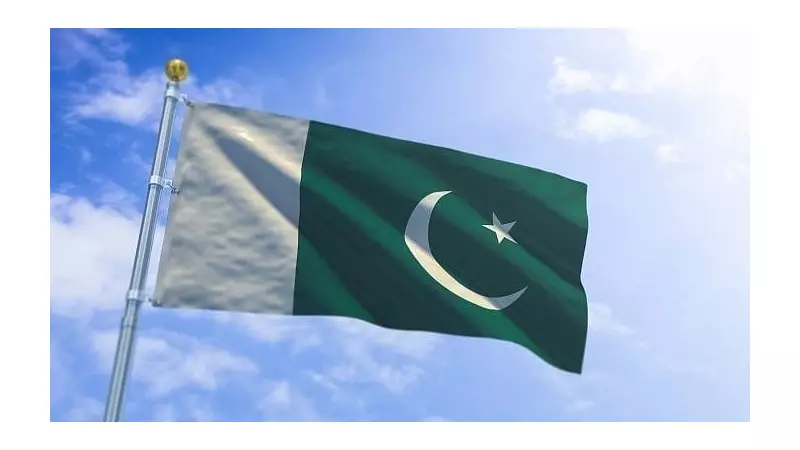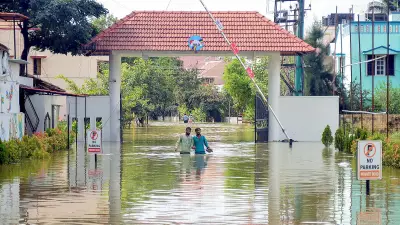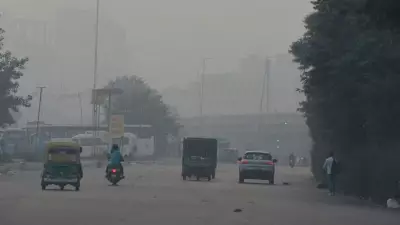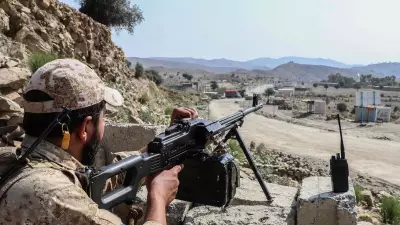
In a case that has spotlighted the ongoing struggles of religious minorities in Pakistan, a young Hindu girl's nightmare ordeal has finally reached a hopeful conclusion. The victim, whose identity remains protected due to security concerns, was reportedly abducted from her home in Sindh province and coerced into marrying a Muslim man decades her senior.
The incident sparked widespread outrage among human rights activists and the Hindu community in Pakistan. According to family members and advocacy groups, the girl was forcibly converted to Islam before the marriage was solemnized under questionable circumstances.
Legal Battle and International Attention
The case gained significant traction in both Pakistani media and international human rights circles. Persistent efforts by the girl's family, supported by various minority rights organizations, led to a protracted legal fight in Pakistani courts.
After numerous hearings and mounting pressure from advocacy groups, the judicial system ultimately intervened. The court ordered the girl's release from her captors and facilitated her safe return to her biological family.
Broader Pattern of Persecution
This case represents what many human rights organizations describe as a disturbing pattern in Pakistan. Religious minority communities, particularly Hindus and Christians, frequently report similar incidents where young girls are abducted, forcibly converted, and married to much older Muslim men.
Despite existing laws meant to protect minority rights, activists argue that enforcement remains inconsistent, and perpetrators often operate with impunity.
Family's Emotional Reunion
The moment of reunion between the girl and her family was described by witnesses as emotionally charged and bittersweet. While relieved to have their daughter back, family members expressed concerns about their long-term safety and the need for stronger legal protections.
The case has renewed calls for comprehensive legislation to prevent forced conversions and protect religious minorities, particularly vulnerable young women and girls from marginalized communities.





